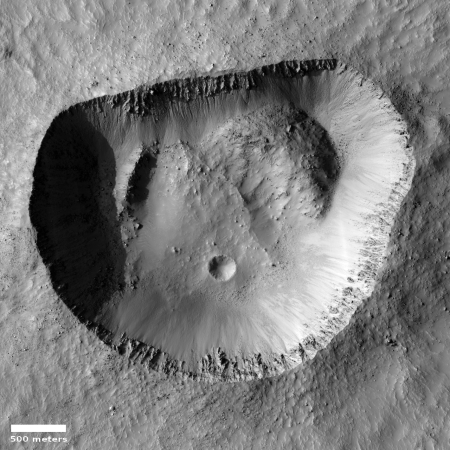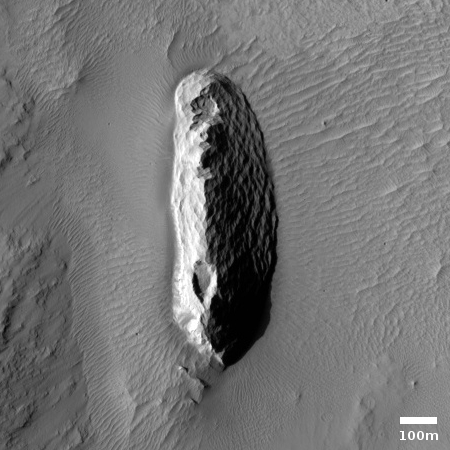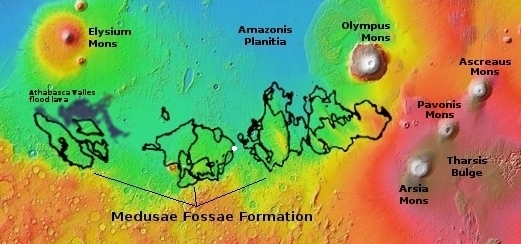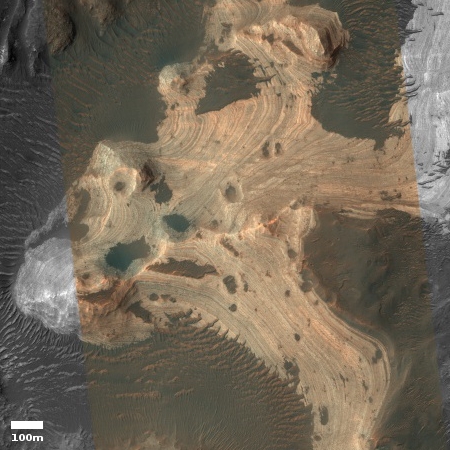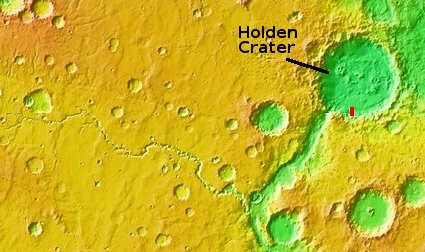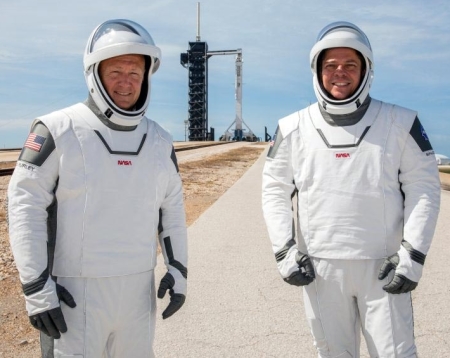Doctors admit: Masks are nothing more than “symbols”, do little
Researchers admit masks are nothing more than “symbols”, and may in the end increase the risk of catching the coronavirus, or other diseases.
From the original New England Journal of Medicine paper:
A mask will not protect providers caring for a patient with active Covid-19 if it’s not accompanied by meticulous hand hygiene, eye protection, gloves, and a gown. A mask alone will not prevent health care workers with early Covid-19 from contaminating their hands and spreading the virus to patients and colleagues. Focusing on universal masking alone may, paradoxically, lead to more transmission of Covid-19 if it diverts attention from implementing more fundamental infection-control measures. [emphasis mine]
The paper than bluntly concludes that masks are really no more than a “talisman” and a symbol for influencing others to do what the mask-wearer wants.
Masks are visible reminders of an otherwise invisible yet widely prevalent pathogen and may remind people of the importance of social distancing and other infection-control measures.
It is also clear that masks serve symbolic roles. Masks are not only tools, they are also talismans that may help increase health care workers’ perceived sense of safety, well-being, and trust in their hospitals. Although such reactions may not be strictly logical, we are all subject to fear and anxiety, especially during times of crisis. One might argue that fear and anxiety are better countered with data and education than with a marginally beneficial mask, particularly in light of the worldwide mask shortage, but it is difficult to get clinicians to hear this message in the heat of the current crisis. Expanded masking protocols’ greatest contribution may be to reduce the transmission of anxiety, over and above whatever role they may play in reducing transmission of Covid-19.
I am sick and tired of being forced to do empty, feel-good gestures that actually increase my risk, and do nothing except advance the political agendas of fools who are guided only by emotion and irrationality.
I will not wear a mask under these conditions, and I will tell anyone that tries to force to do it to go jump in a lake.
Researchers admit masks are nothing more than “symbols”, and may in the end increase the risk of catching the coronavirus, or other diseases.
From the original New England Journal of Medicine paper:
A mask will not protect providers caring for a patient with active Covid-19 if it’s not accompanied by meticulous hand hygiene, eye protection, gloves, and a gown. A mask alone will not prevent health care workers with early Covid-19 from contaminating their hands and spreading the virus to patients and colleagues. Focusing on universal masking alone may, paradoxically, lead to more transmission of Covid-19 if it diverts attention from implementing more fundamental infection-control measures. [emphasis mine]
The paper than bluntly concludes that masks are really no more than a “talisman” and a symbol for influencing others to do what the mask-wearer wants.
Masks are visible reminders of an otherwise invisible yet widely prevalent pathogen and may remind people of the importance of social distancing and other infection-control measures.
It is also clear that masks serve symbolic roles. Masks are not only tools, they are also talismans that may help increase health care workers’ perceived sense of safety, well-being, and trust in their hospitals. Although such reactions may not be strictly logical, we are all subject to fear and anxiety, especially during times of crisis. One might argue that fear and anxiety are better countered with data and education than with a marginally beneficial mask, particularly in light of the worldwide mask shortage, but it is difficult to get clinicians to hear this message in the heat of the current crisis. Expanded masking protocols’ greatest contribution may be to reduce the transmission of anxiety, over and above whatever role they may play in reducing transmission of Covid-19.
I am sick and tired of being forced to do empty, feel-good gestures that actually increase my risk, and do nothing except advance the political agendas of fools who are guided only by emotion and irrationality.
I will not wear a mask under these conditions, and I will tell anyone that tries to force to do it to go jump in a lake.

